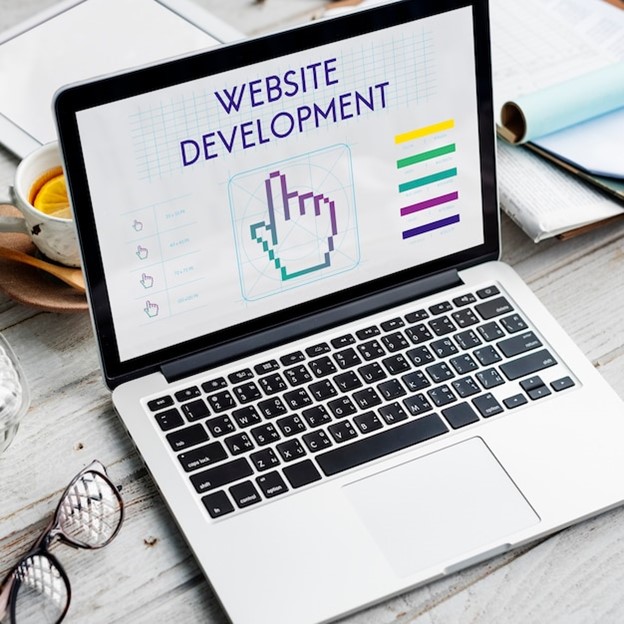Certainly! Website development can be a complex and involved process, so let’s dive deeper into each step of the process.
Define your purpose and goals
Before starting to build a website, you must determine the purpose of the website and the goals you want to achieve. Knowing the website’s purpose will help you determine what content, structure, and design elements will be required to achieve those goals. You may be building a website to promote a product or service, provide information to visitors, or sell products directly. Defining your purpose and goals at the outset will ensure that your website design aligns with your objectives.

Choose a website builder or platform
Once you have defined your purpose and goals, you can select a website builder or platform to use for your website development. There are many options available, including WordPress, Wix, Squarespace, and many others. Each platform has its strengths and weaknesses, so it’s important to research and choose a platform that best suits your needs. Website builders like Wix and Squarespace are user-friendly and allow you to build a website without knowing how to code. WordPress, on the other hand, is more flexible and customizable, but requires some technical know-how.

Select a domain name and hosting
Your domain name is the web address that visitors will use to access your website. It’s important to choose a domain name that is memorable and relevant to your brand or business. Once you have chosen a domain name, you will need to select a hosting provider that will store your website files and make them accessible to visitors. Hosting providers like Bluehost, Siteground, and GoDaddy offer different levels of service, so it’s important to choose a provider that can meet your needs.

Design your website
Once you have chosen a platform and hosting provider, it’s time to start designing your website. You can choose from a variety of templates and themes that are provided by your website builder, or you can hire a web designer to create a custom design for you. When designing your website, it’s essential to ensure that the design is consistent with your brand identity and that it’s easy to navigate. Visitors should be able to find the information they need quickly and easily.

Create content
Creating high-quality, relevant content is essential to keep visitors engaged and interested in your brand or business. Content includes written copy, images, videos, and other media. It’s important to create content that is optimized for search engines so that your website can rank higher in search results. This will help potential customers find your website more easily. You can also use tools like Google Analytics to track your website’s performance and gather insights about your visitors.

Test and launch
Before launching your website, it’s important to test it thoroughly. You should check for broken links, typos, and other errors that could detract from the user experience. You can also use tools like Google Page Speed Insights to check the speed and performance of your website. Once you are confident that your website is ready, it’s time to launch!

Maintain and update
Building a website is not a one-time process. You must maintain and update your website regularly to keep it relevant and engaging for visitors. This includes updating your content, checking for broken links, and optimizing your website for search engines. You can also use tools like social media and email marketing to promote your website and drive traffic. Regular updates and maintenance will help ensure that your website remains a valuable asset for your business.

In conclusion, website development can be a complex process, but by following these steps, you can build a website that aligns with your business goals and engages your visitors. By defining your purpose and goals, choosing a website builder or platform, designing your website, creating content, testing and launch to maintain and update.

